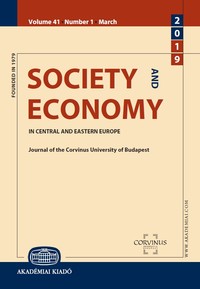Measuring the circularity of congressional districts
Measuring the circularity of congressional districts
Author(s): Balázs Nagy, Szilvia SzakálSubject(s): National Economy, Supranational / Global Economy
Published by: Akadémiai Kiadó
Keywords: redistricting; circularity measure; Hu moment invariants; gerrymandering; political manipulation; United States congressional districts; D72
Summary/Abstract: Shape analysis has special importance in the detection of manipulated redistricting, which is called gerrymandering. In most of the US states, this process is made by non-independent actors and often causes debates about partisan manipulation. The somewhat ambiguous concept of compactness is a standard criterion for legislative districts. In the literature, circularity is widely used as a measure of compactness, since it is a natural requirement for a district to be as circular as possible. In this paper, we introduce a novel and parameter-free circularity measure that is based on Hu moment invariants. This new measure provides a powerful tool to detect districts with abnormal shapes. We examined some districts of Arkansas, Iowa, Kansas, and Utah over several consecutive periods and redistricting plans, and also compared the results with classical circularity indexes. We found that the fall of the average circularity value of the new measure indicates potential gerrymandering.
Journal: Society and Economy. In Central and Eastern Europe ǀ Journal of the Corvinus University of Budapest
- Issue Year: 42/2020
- Issue No: 3
- Page Range: 298-312
- Page Count: 15
- Language: English

